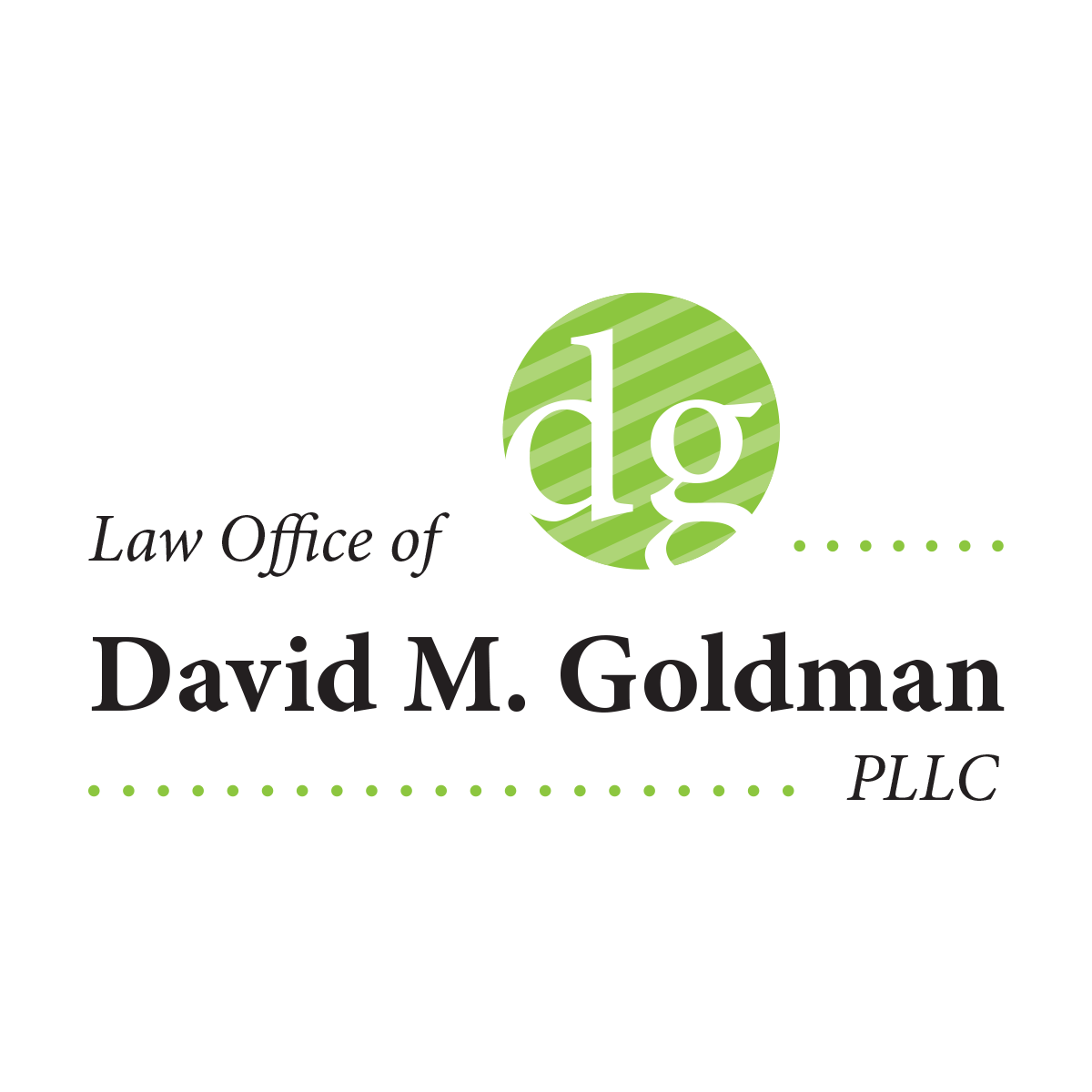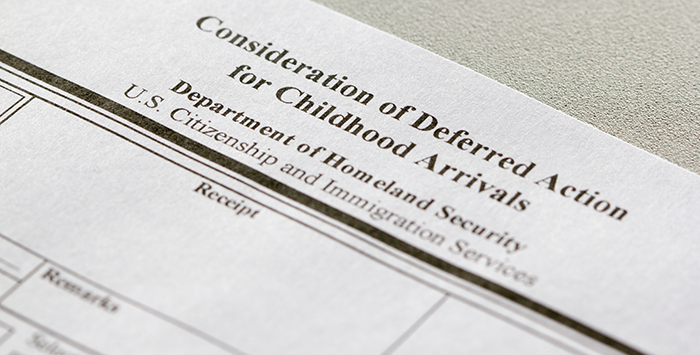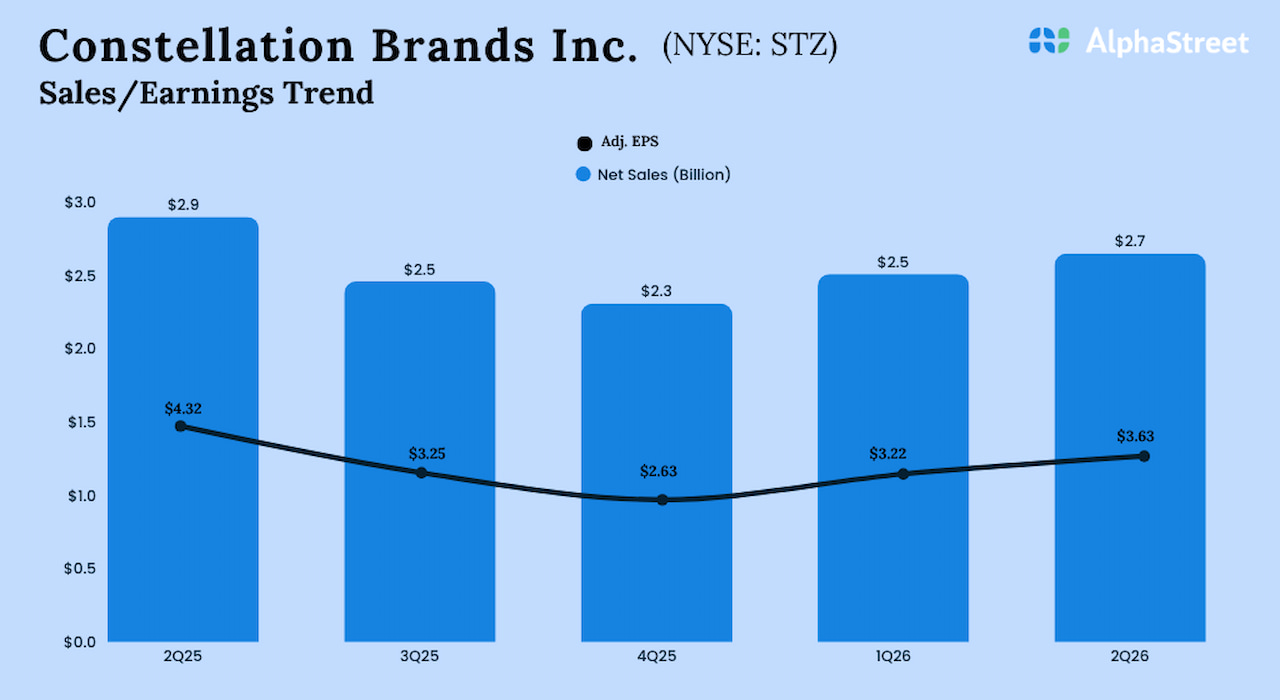Understanding Your Life Insurance Policy Options
Choosing the right life insurance can be daunting. Wilson & Wilson Estate Planning & Elder Law LLC simplifies your decision with a rundown of various policy types, along with their respective advantages and drawbacks.
Term Insurance Explained
Term insurance offers financial protection for a predetermined period. For instance, a five-year, $130,000 term policy provides a payout only if you pass within that term. Outliving the policy term means no return on your investment, aside from life’s intrinsic rewards. Term insurance is cost-effective for temporary insurance needs and is popular among young families seeking substantial coverage at minimal expense. The affordability of term insurance diminishes with age, as the cost relative to the benefit increases. Various term policies exist with features such as automatic renewability and the option to convert to a permanent policy. However, term insurance may not be the choice for lifetime coverage.
The Permanence of Permanent Insurance
Permanent insurance, while pricier than term insurance, guarantees coverage as long as premiums are paid. It’s also an investment opportunity. Residual premium payments build cash reserves invested by the insurer, providing tax-advantaged growth. Permanent insurance may not be the best option for those primarily seeking investment returns, but rather for those wanting lifelong insurance with a savings component. Below, we delve into the specifics.
Whole Life Insurance Articulated
Whole life insurance offers unchanging premium payments and guaranteed policy benefits. It’s not typically recommended for younger individuals with limited financial resources due to higher initial costs. As time progresses, though, the premiums become increasingly cost-effective.

























